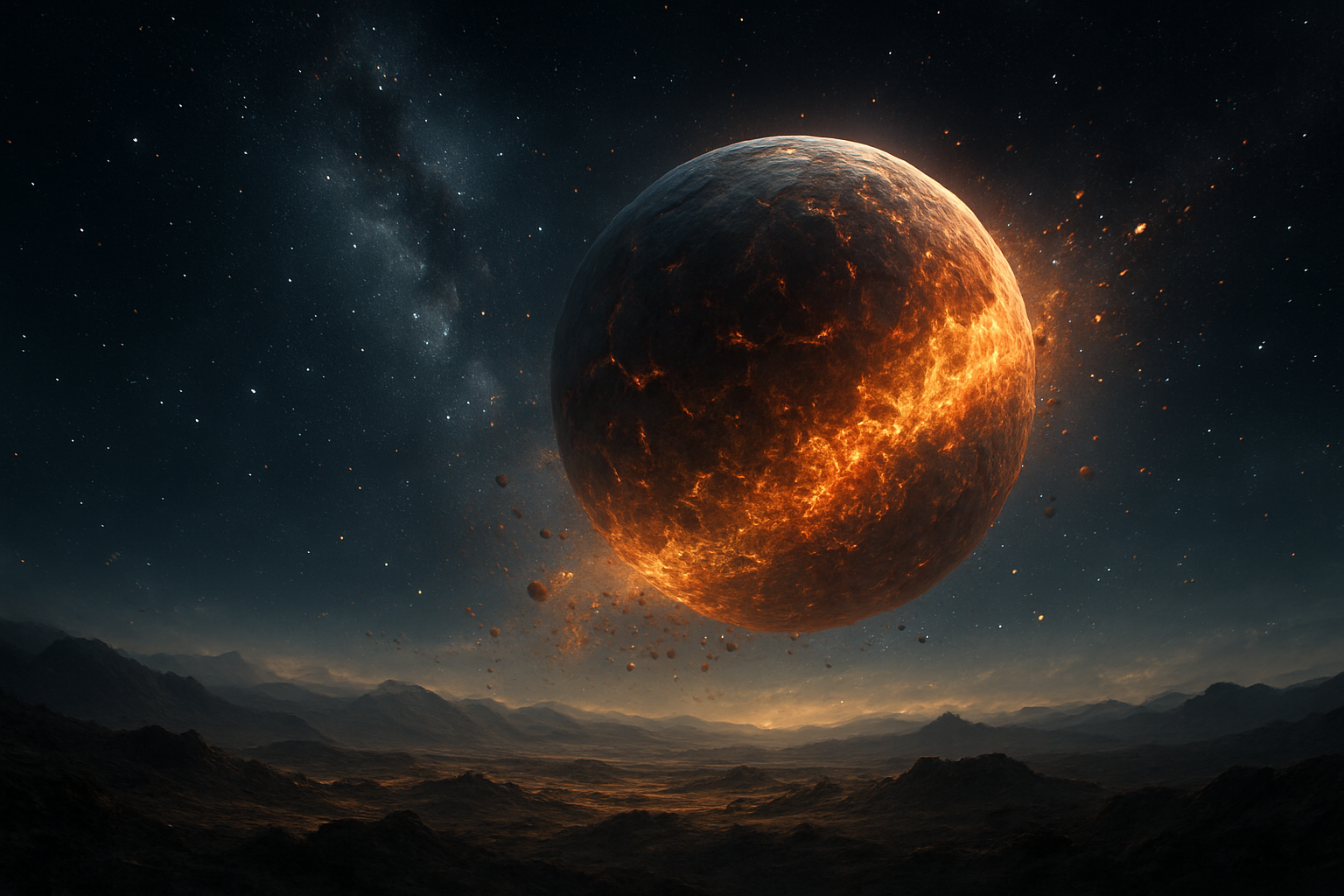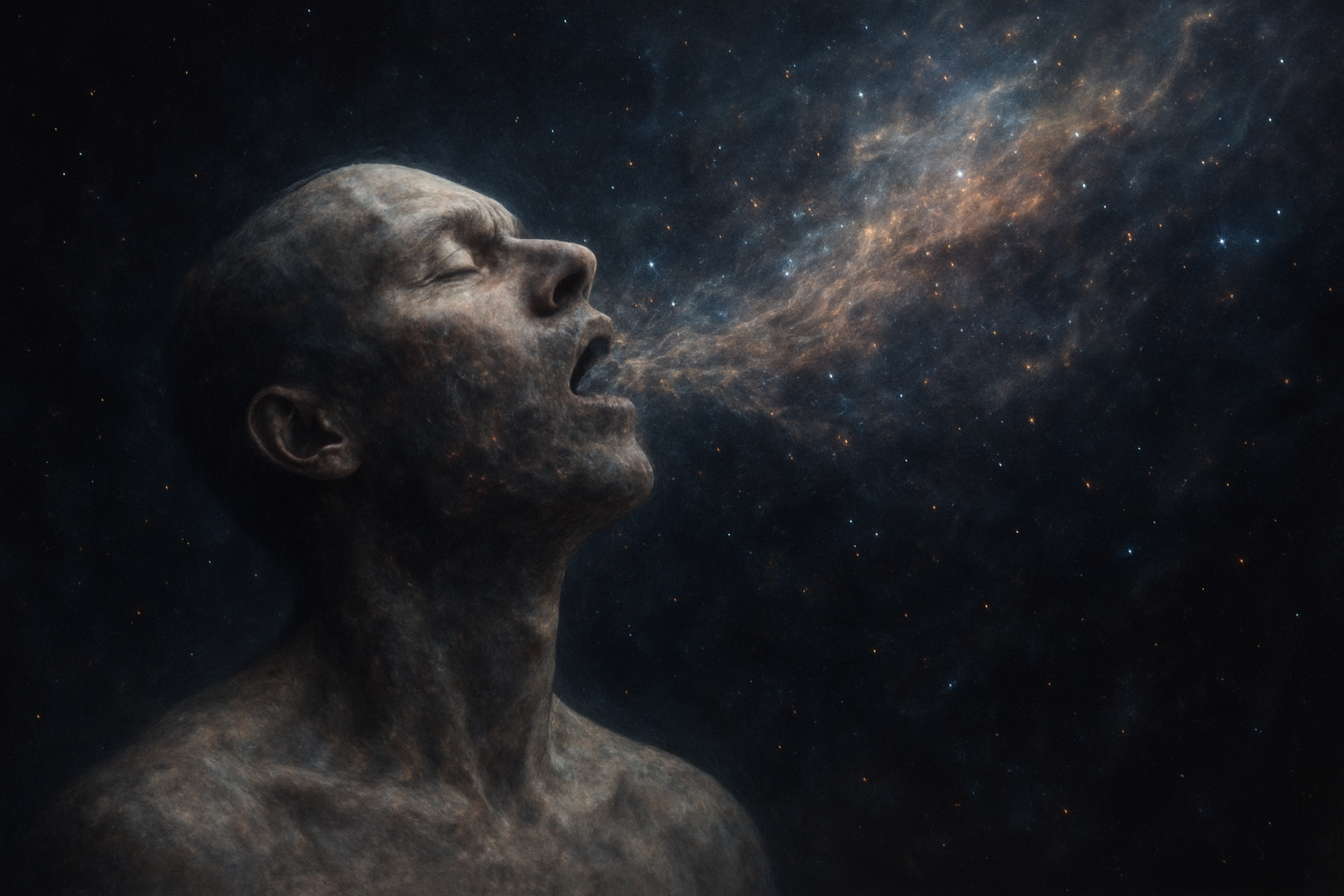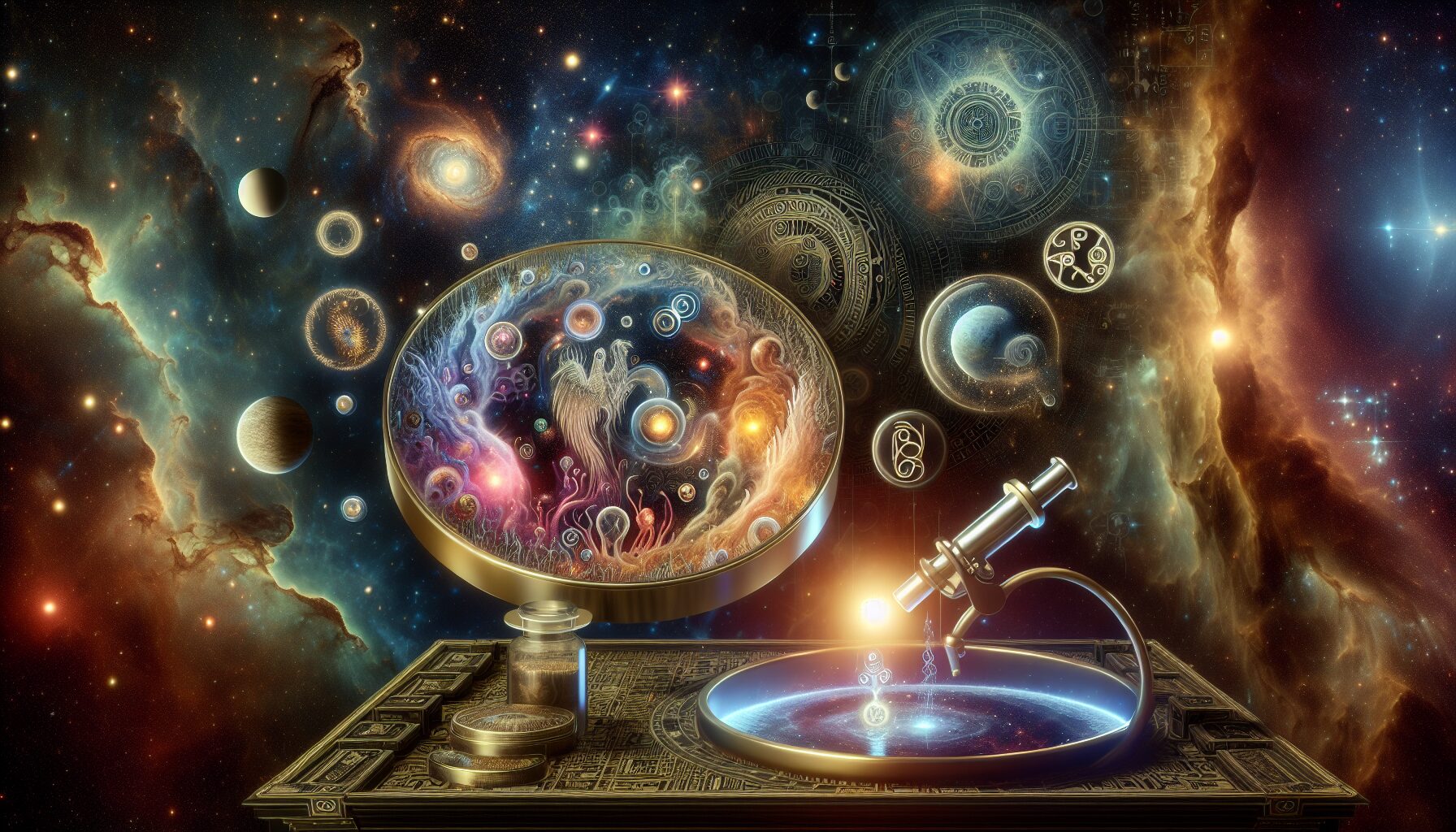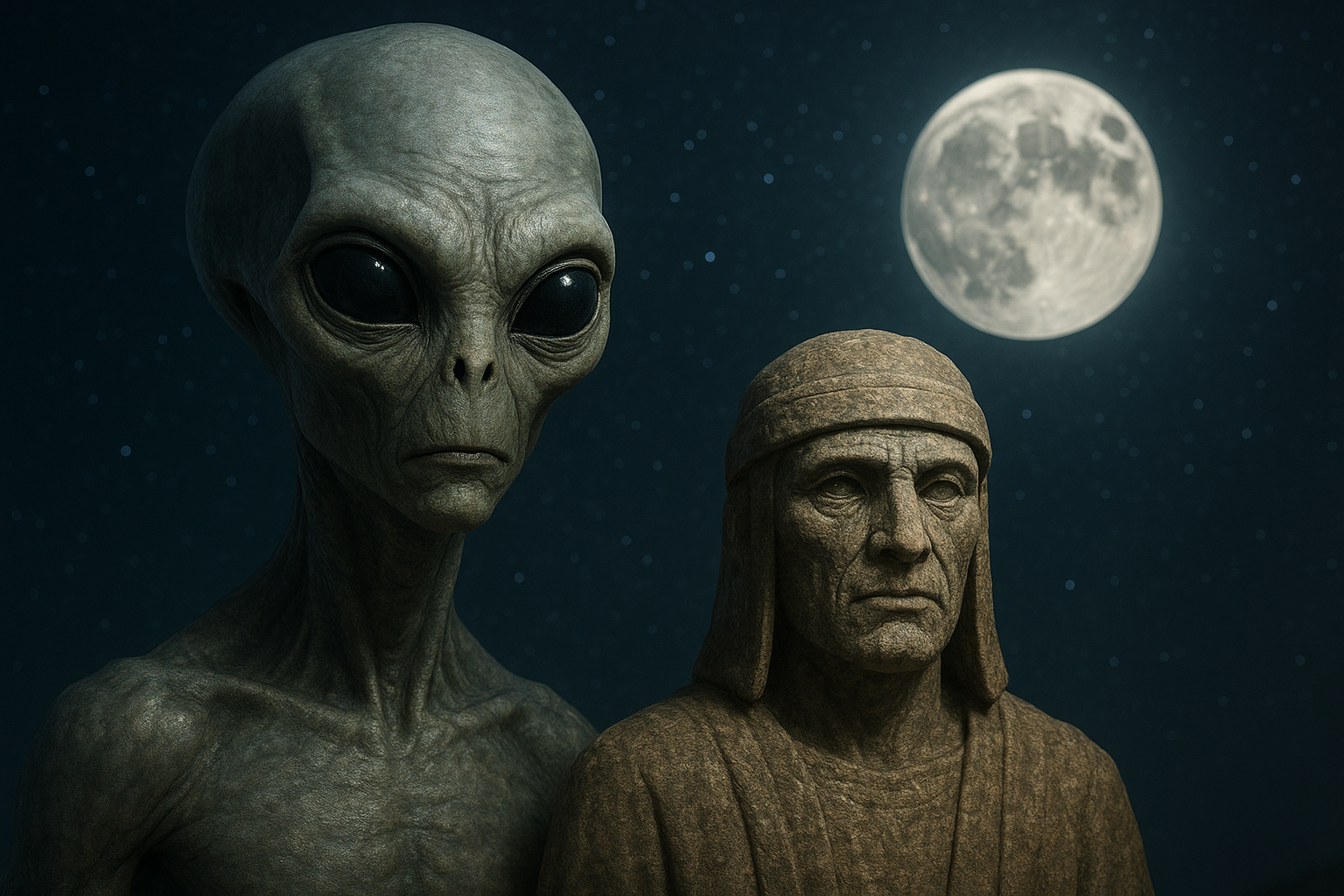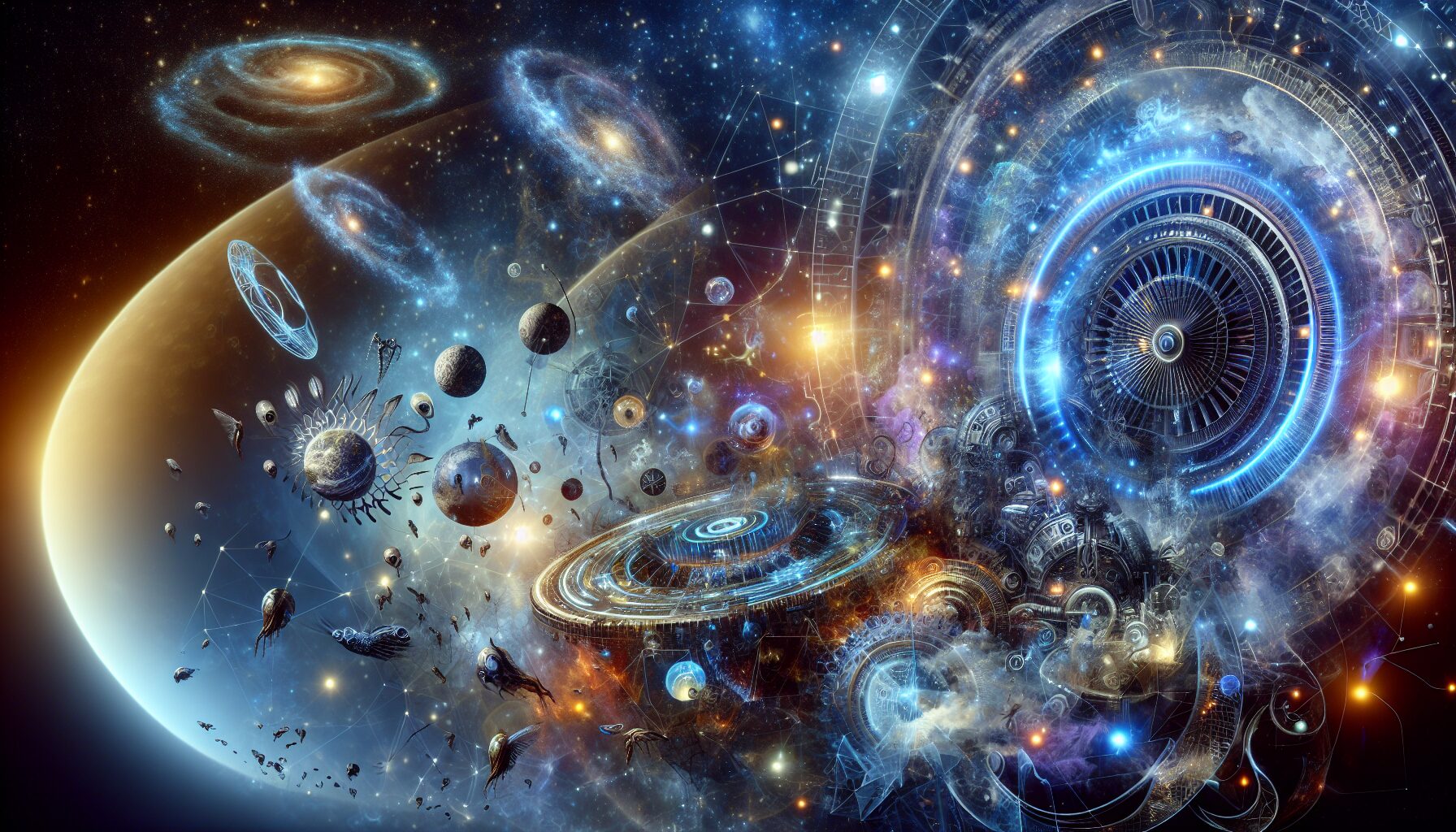Obsidian Silence: Death as a Cosmic Event
The concept of death has always been a profound and deeply personal experience for humanity. Yet, when viewed through the lens of the cosmos, death takes on a new perspective—one that sees it as a universal phenomenon that transcends earthly boundaries. In the vast tapestry of the universe, death is not merely the cessation of life but a significant cosmic event.
Understanding the Cosmic Perspective
Scientific inquiries and philosophical musings have long explored death’s role beyond the terrestrial plane. Astrophysicists consider it not just in biological terms but also astronomical. Stars, like organic beings, have lifecycles. A star’s demise creates phenomena such as supernovas, which in turn give birth to new celestial bodies and even life-sustaining elements.
“A supernova explosion is a trillion times more brilliant than our Sun. For weeks, it shines intensely, before fading.” – NASA
This powerful transformation is not unlike the cycle of life and death on Earth. The death of stars contributes to the birth of new myths and celestial formations, showing how intimately connected death and creation are in the universe.
The Role of Supernovas
- Stellar Nucleosynthesis: During a supernova, the intense pressure allows nuclear fusion, creating heavier elements such as iron and nickel. These are crucial to formation processes across the cosmos, including the very fabric of our solar system.
- Cosmic Recycling: The remnants of supernova explosions are scattered into space, seeding nearby nebulae and instigating the birth of new stars. This recycling is essential for the dynamism and continuity of the universe.
Such events underscore the essential role that death plays in cosmic evolution. Without the death of stars, the universe would be a vastly different place, potentially bereft of the conditions necessary for life as we know it, including the elements that make up our own planet and bodies.
Life, Death, and the Universe
On Earth, life perpetuates and evolves through death. This is mirrored in cosmic processes. As Brian Cox, a renowned physicist, states:
“We are the cosmos made conscious and life is the means by which the universe understands itself.” – Brian Cox, The Guardian
From this perspective, death becomes a passage rather than an end—a crucial chapter in the continuum of cosmic existence. In ecosystems, for example, decaying matter provides nutrients for new growth, facilitating the regenerative cycles that keep life dynamic and adaptable.
Cultural Interpretations
Human culture has long pondered death as more than a mere fate. It is regarded with reverence, fear, and acceptance across different cultures, often considered a transition to another form of existence or part of a greater cycle.
- Ancient Egyptians: Viewed death as a journey to the afterlife, with intricate burial practices designed to aid this transition.
- Buddhism: Teaches that death is a natural part of the cycle of samsara—birth, death, and rebirth—leading ultimately towards enlightenment.
- Mayan Civilization: Believed in the cyclical nature of life and death, celebrating the deceased as part of an ongoing connection to the Earth and cosmos.
These interpretations echo the cosmic cycle of death and rebirth observed in the universe, reflecting humanity’s innate understanding of its place in the cosmic order.
Conclusion
The cosmic event of death invites us to reconsider our relationship with the universe. In a grander cosmic scheme, death is not a solitary, final act but a resounding echo that reverberates through galaxies and can stimulate the spark of creation. As scientists deepen our understanding of these cosmic processes, it becomes evident that human life is intertwined with universal cycles on a much larger scale than we often realize.
In examining death through this expansive perspective, we are reminded of the universe’s vastness and interconnectedness, a reminder that perhaps death is merely another note in the eternal symphony of the cosmos.
For more interesting insights into cosmic events and their implications on human understanding, visit NASA and The Guardian.

